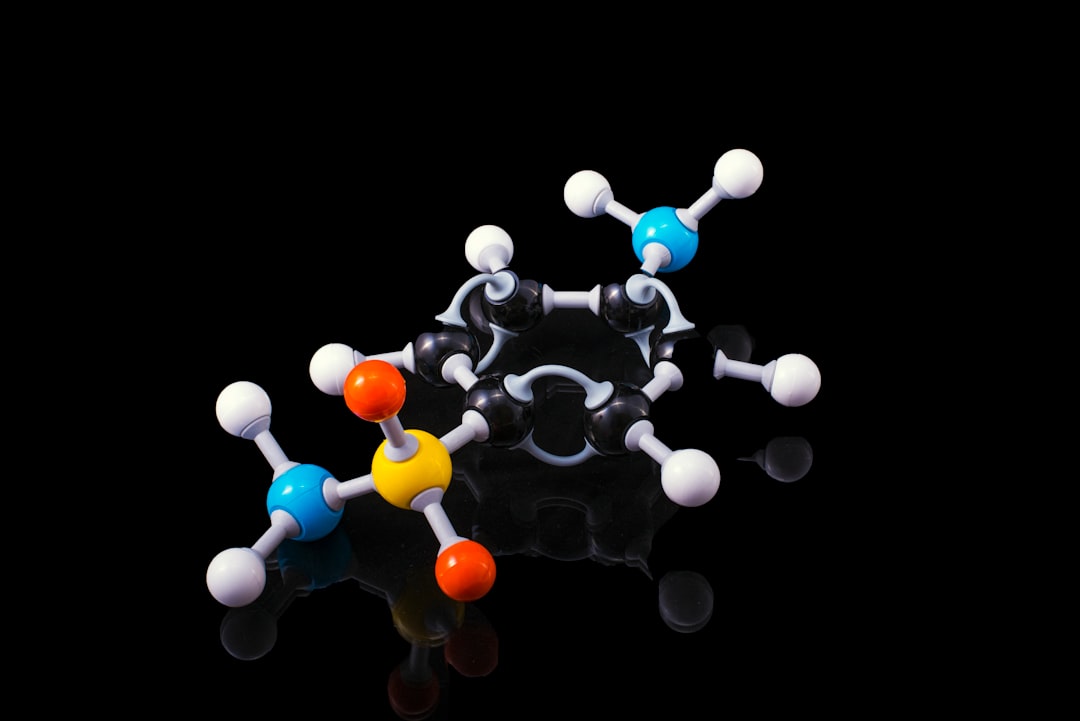What is it about?
Guanylate cyclase C (GC-C) receptor is a transmembrane receptor, predominantly expressed in intestinal epithelial cells, that plays a main role in homeostasis and function of the digestive tract. The endogenous ligands for this receptor are the paracrine hormones uroguanylin and guanylin. The heat-stable enterotoxin, produced by enterotoxigenic bacteria, is also a natural ligand of this receptor. Upon ligand binding, GC-C receptors are involved in a variety of specific processes such as chloride and bicarbonate secretion, epithelial cell growth, regulation of intestinal barrier integrity and visceral sensitivity. It has been suggested that GC-C acts as an intestinal tumor suppressor. In fact, loss of ligand expression is a universal step in sporadic colorectal carcinogenesis. On the other hand, the role of GC-C is not limited to the digestive tract, but it has been extended to several other systems such as the cardiovascular system, kidney, and the central nervous system, where it has been involved in a gut-hypothalamus endocrine axis regulating appetite.
Featured Image

Photo by Erik Mclean on Unsplash
Why is it important?
Available data points toward a relationship between these ligands and their receptor and pathological processes like gastrointestinal and renal disorders, colorectal cancer, obesity and metabolic syndrome among others. We summarize these effects, focusing on newly developed drugs like linaclotide, and their suggested role to reverse/prevent the diseases in which it is involved.
Perspectives
We hope this article is useful to readers interested in the numerous implications of GC-C as well as the potential of drugs such as linaclotide in the treatment of a number of important diseases.
Raquel Abalo
Universidad Rey Juan Carlos
Read the Original
This page is a summary of: Guanylate Cyclase C: A Current Hot Target, from Physiology to Pathology, Current Medicinal Chemistry, May 2018, Bentham Science Publishers,
DOI: 10.2174/0929867325666171205150310.
You can read the full text:
Contributors
The following have contributed to this page










